Do you want to save water? Read this and find out how!
For many of us, clean, fresh water is always just a turn of the tap away. We tend to take this incredible resource for granted, but the reality is that freshwater is finite. Because of this casual approach, it’s estimated that an average American family wastes a staggering 180 gallons of water per week. This adds up to more than 9,400 gallons of water annually—enough to fill a small backyard swimming pool. If you ask us, this is a lot of precious, treated water simply going down the drain.
The consequences of this waste extend far beyond a higher number on your water bill, though that is certainly a major factor. Using water without a mindful approach is also incredibly harmful to the environment. A tremendous amount of energy is required to pump, treat, and heat the water that reaches your home. This energy consumption contributes to greenhouse gas emissions. Furthermore, excessive water diversion from rivers and lakes can damage delicate aquatic ecosystems and harm wildlife. This is why we believe it’s essential to pay close attention to your consumption, for both your finances and the health of our planet.
The good news is that becoming a water-conscious household doesn’t require drastic lifestyle changes or expensive, complicated overhauls. It’s about becoming more aware of your daily habits and making small, incremental adjustments that, over time, add up to significant savings. Think of it as developing a new, more sustainable routine. Every gallon saved is a victory, and when millions of households adopt these practices, the collective impact is monumental.
Hopefully, there are many simple tricks and smart technologies that can help you save water effortlessly. Once you know them and put them into practice, saving both water and money will become one of the easiest tasks you undertake. Read on and discover some amazing eco-friendly and budget-conscious things you can start doing today to keep your wallet full, your home more efficient, and the planet happy!
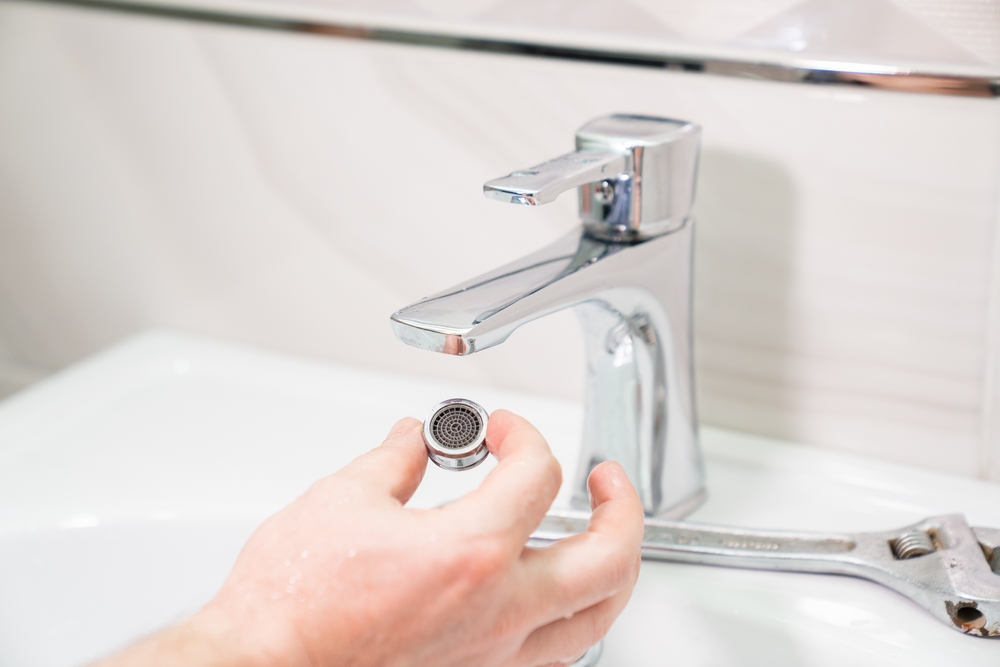
1. Try the water-efficient faucets
If you want to start cutting back on water waste in a big way, installing water-efficient fixtures is probably the most effective long-term solution. For some people, this strategy to save water can sound like a burden because you’ll need to update the hardware around your house, but it’s a one-time effort with continuous rewards. In the end, this small investment of time and money is totally worth it, often paying for itself in water savings within a year or two.
The easiest place to start is by purchasing faucet aerators, as they are inexpensive, simple to install, and require no special tools—you can usually just screw them on by hand. These clever devices work by mixing the stream of water with air, which creates a lighter, “fluffy” flow. This maintains a feeling of strong water pressure while significantly reducing the actual volume of water you are going to use. It’s a perfect example of smart design making conservation effortless.
Depending on how much water you plan to save, there are more types of aerators you can buy, often labeled with their flow rate. Look for products with the EPA’s WaterSense label, which certifies that they use at least 20% less water than standard models without sacrificing performance. All this is calculated by the flow rate of gallons of water per minute (GPM). A standard faucet might use 2.2 GPM, while a WaterSense-labeled one will use 1.5 GPM or less. This information can help you make the best choice that is suitable for your lifestyle and savings goals.
Before you even think about replacing fixtures, perform a quick leak check. A single faucet dripping once per second can waste over 3,000 gallons per year! Check under sinks for any signs of moisture and listen for drips after turning off the tap. Repairing a leaky faucet is a quick and inexpensive fix that provides immediate water savings.
Besides installing aerators on your sink faucets, you can achieve even greater savings by doing the same for your shower heads. A standard shower head can use 2.5 GPM, but a high-efficiency model can cut that down to 2.0 or even 1.5 GPM, saving thousands of gallons a year for a typical family. They are also simple to install and will help you save a lot of water that is usually wasted while you shower, all without you even noticing the difference.
2. Change the way you do lawn maintenance
We all want to keep our yards, gardens, and outdoor spaces looking their vibrant best, and for this, we know we need a lot of water. Plants, grass, and flowers depend on consistent hydration to survive and thrive, especially during hot, dry months. But, according to environmental experts, we need to fundamentally change the way we take care of our gardens, as daily outdoor maintenance is one of the main reasons so much water is wasted in the US, particularly in suburban areas.
The statistics are even more surprising: studies show that for the average American household, as much as 30% to 50% of total water use occurs outdoors. That means potentially one-third to one-half of the water Americans use is for the garden and lawn! We sure love our yards, and there is nothing wrong with taking pride in your home’s curb appeal. However, if we want to save water on a meaningful scale, we’ll need to make some smart changes in the way we water our gardens and lawns.
First of all, if you want to get the most out of every drop from your sprinklers, you should change the time when you are using them. The best time of the day to water plants is very early in the morning, between 4 a.m. and 9 a.m. This is because cooler temperatures and calmer winds allow the water to get absorbed deeply into the soil and reach the roots where it’s needed most. Less water will evaporate into the air once the heat of the day starts. Watering in the evening might seem like a good alternative, but it can leave foliage damp overnight, which may promote the growth of fungus and other plant diseases. To make this easy, you should get some smart sprinklers or a simple hose timer that you can program to water whenever you want, ensuring maximum efficiency.
Another fantastic strategy is to use mulch. Applying a layer of mulch (like wood chips or straw) around your plants and flowerbeds helps the soil retain moisture by slowing evaporation and keeping the soil cool. This means you’ll need to water less frequently while also suppressing weed growth. It’s a simple, low-cost step with multiple benefits for your garden’s health and your water bill.
Using rainwater is another great way to cut that water bill and use a naturally soft, chemical-free water source. Get a rain barrel and connect it to your downspout to take advantage of downpours by collecting the water. You can later use it in your garden, to wash your car, or to clean your tools. For an even more targeted and efficient approach, consider installing a drip irrigation system. This is far more efficient and saves more water than your usual sprinklers because it delivers water slowly and directly to the base of each plant, eliminating runoff and evaporation almost entirely.
For a truly long-term, low-maintenance solution, consider xeriscaping. This involves designing your landscape to require minimal water. It often means replacing parts of your lawn with beautiful, drought-tolerant native plants, rocks, and decorative grasses that are naturally suited to your local climate. A well-designed xeriscape can be stunningly beautiful and will slash your outdoor water use dramatically.
3. It’s time for new toilets
It might not be the most glamorous home upgrade, but one thing that really reduces indoor water consumption is replacing your old, inefficient toilets with new models that are specially designed to save water. Toilets are the single largest source of water use inside the home, accounting for nearly 30% of an average household’s consumption. What is great is that today’s market offers many options tailored to your needs, with different levels of water efficiency. This helps you find the perfect toilet based on how much water you plan to save and your budget.
For example, you can get low-flow toilets or ultra-low-flow toilets, often identified by the EPA’s WaterSense label. The first option, now a federal standard, generally uses 1.6 gallons of water per flush (gpf), while high-efficiency or ultra-low-flow models use 1.28 gpf or even less. Also, you can find dual-flush toilets, which provide two buttons or levers for different flush volumes. They usually use around 1.28-1.6 gpf for solids and a mere 0.8-1.0 gpf for liquids, empowering you to use only what’s necessary.
But what is the real difference between all these fancy, efficient toilets and your regular, older toilet? Well, a standard toilet manufactured before the 1990s usually uses anywhere between 3.5 and 7 gpf each time you flush it. That’s an enormous amount of clean, treated water. Comparing these numbers to the 1.28 gpf of a modern high-efficiency model, you can see that you don’t need that much water to get the job done effectively. It is clear how much water we waste just by flushing our toilets, but with a simple modification—a single appliance upgrade—we can start to save both water and a significant amount of money.
Before you rush out to buy a new toilet, check your current ones for leaks. A running or “phantom flushing” toilet can be a silent water-waster. An easy way to check is to put a few drops of food coloring in the toilet tank. Wait for 15-20 minutes without flushing. If the color appears in the toilet bowl, you have a leak, which is most often caused by a faulty flapper. This is an inexpensive part you can easily replace yourself.
So, if you want to save water, replacing your old toilet will make a big difference, potentially saving a family of four over 13,000 gallons of water per year. Before you buy, check with your local water utility, as many offer rebates or vouchers for purchasing and installing WaterSense-labeled toilets. If you are not sure about what to buy, you can ask for help at any home improvement store you go to, as the staff can guide you to the best model for your needs and it’s easier that way.
4. Turn off the water when you are not using it
Perhaps you are not ready yet to invest in more efficient faucets and shower heads, or maybe you’re renting and can’t make those changes. The good news is you can still save an enormous amount of water, especially when you do any everyday activity that generally wastes it. This is the simplest, most immediate, and completely free way to conserve.
Every drop really does count, and because of this, one of the most effective ways to save water and stop waste is to simply close the faucet when you are not actively using the stream of water. It’s a habit, and like any habit, it just takes practice. Think about it: letting water run down the drain when you aren’t using it is the same situation as when you leave the light on in an empty room—it’s pure waste.
Consider all the moments you can apply this simple rule. When you brush your teeth, wet your brush and then turn the tap off until you’re ready to rinse. A running bathroom faucet can use over two gallons of water per minute, so this small change can save up to 8 gallons per person per day! The same logic applies when washing your hands (lather with the water off), washing your face, or shaving. Each action is an opportunity to save.
Besides wasting water itself, experts emphasize that there are also many hidden costs, such as the significant amount of energy used to pump, treat, and especially heat that water. Every gallon of hot water you let run down the drain carries with it an energy footprint, contributing to carbon emissions. So, when you save water, you are also saving energy. This directly affects the environment as well as your wallet, potentially lowering both your water and your energy bills.
So, next time you brush your teeth, wash your hands, or scrub a stubborn pot in the sink, just close the faucet while you do the work. This is easy to do and truly helps build a conservation mindset. In the long run, this single habit, adopted by the whole family, will make a noticeable difference, and you will see it reflected when you get your water bill.
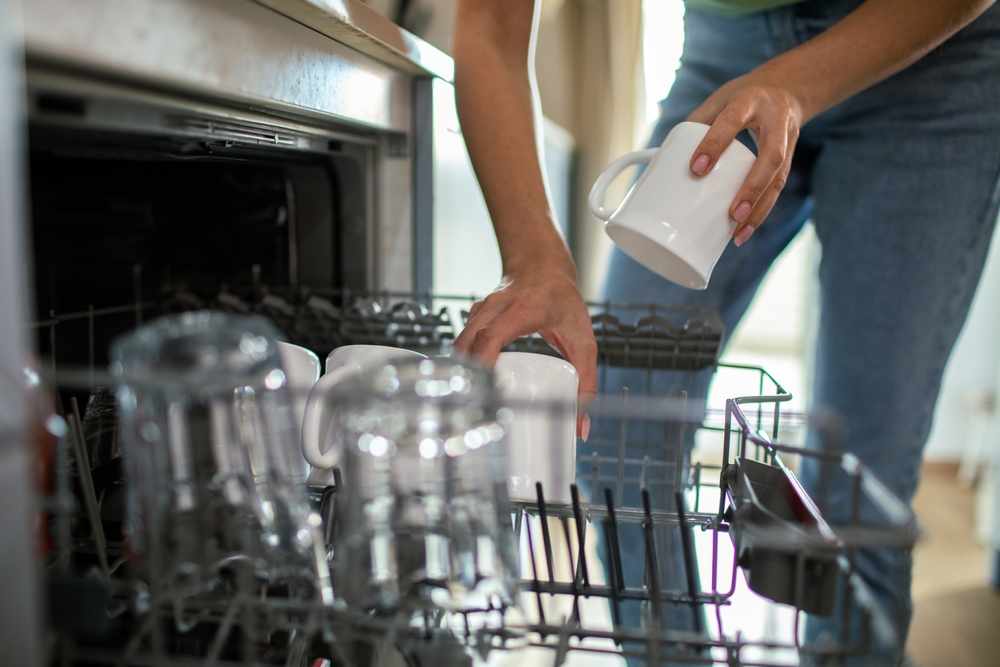
5. Use the dishwasher
After every meal, you are faced with a pile of dirty dishes, pots, and kitchenware you used to cook. This daily chore is a significant source of water waste in most homes, but using a modern dishwasher can dramatically help. Besides being a huge time-saving convenience, this solution is also a surprisingly powerful tool for water and energy efficiency.
Yes, this might sound surprising to those who grew up hand-washing everything, but an ENERGY STAR-certified dishwasher saves far more water than washing by hand. Some estimates show it can save up to 9,200 liters (about 2,400 gallons) per year compared to hand-washing. How is this possible? A modern dishwasher works by spraying and recirculating a small amount of very hot water, using powerful detergents to clean effectively. On the other hand, hand washing them often involves leaving the tap running, which can waste dozens of gallons of water for a single meal’s worth of dishes. Even if the dishwasher needs to use energy, it is still more economical and environmentally friendly than typical hand washing.
One thing to keep in mind is that you need to use the dishwasher the right way if you really want to maximize savings of water and money. A crucial tip is to scrape food scraps into the trash or compost bin, but *do not* pre-rinse your dishes under the tap before loading them. Modern dishwashers and their detergents are designed to handle food particles. Pre-rinsing can waste up to 20 gallons of water per load and is completely unnecessary. Furthermore, the machine uses roughly the same amount of power and water, no matter the size of the load. So, to be efficient, make sure to always run it with a full load and never wash the dishes every single night if you only have a few items.
If you don’t own a dishwasher or still prefer to hand wash some items, you can do this in a way that does not waste water. Instead of letting the tap run, use the two-basin method. Fill one side of your sink (or a separate basin) with hot, soapy water for washing. Fill the other side with cool, clean water for rinsing. You’ll just have to plug the sink, and then you can wash the dishes in that contained water because it is much more efficient. After that, you can dip-rinse them in the second basin, and you are good to go.
Water-saving habits in the kitchen don’t stop at the dishes. Instead of thawing frozen food under running water, plan ahead and let it thaw in the refrigerator overnight. When you wash fruits and vegetables, do so in a plugged sink or a bowl of water instead of under a running faucet. You can even reuse this “greywater” to water your houseplants afterward!
If you need a plug for your kitchen sink to try the basin method, this one might be an amazing choice: 3 3/8 inch (8.57Cm) – Kitchen Sink Stopper Stainless Steel Garbage Disposal Plug
You should also read: 13 Popular Grocery Products Not Worth Your Cash







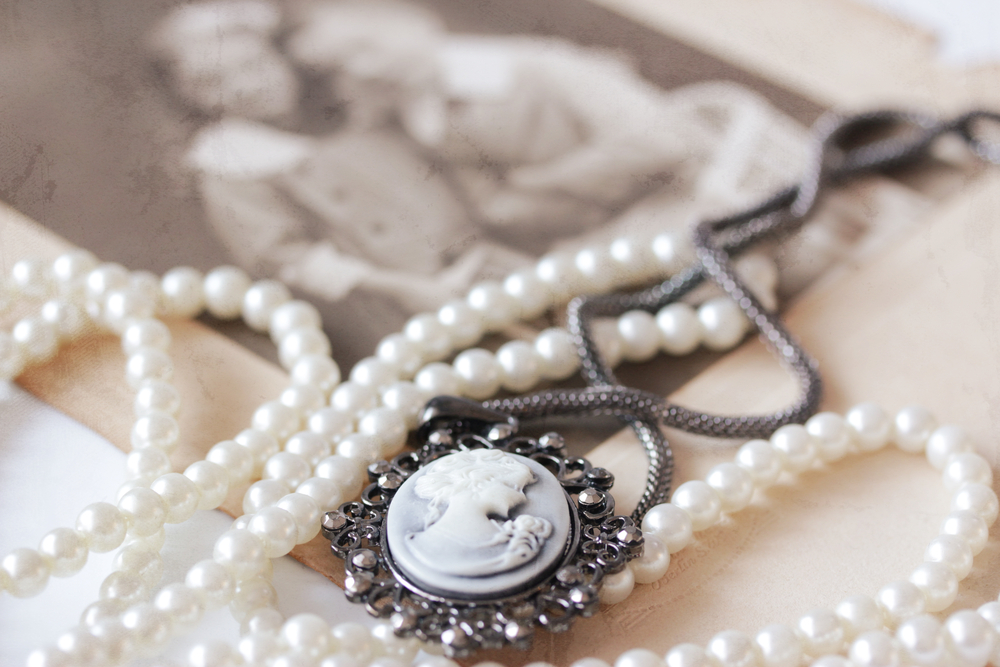


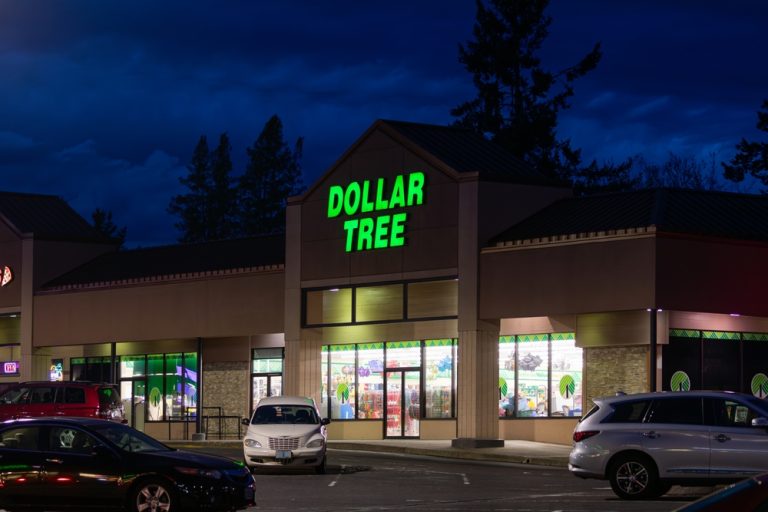


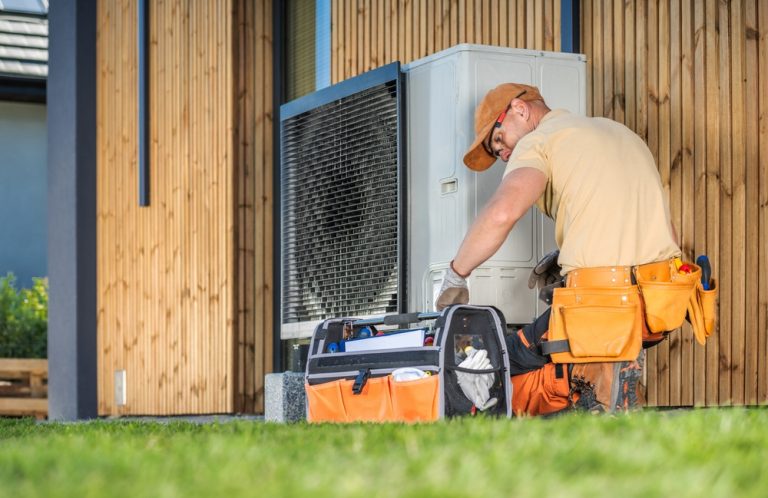

One Response
Thanks I do use my rain barrels. Great saver. Use to seater plants